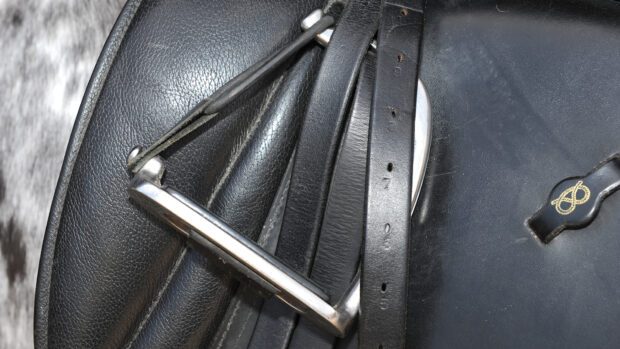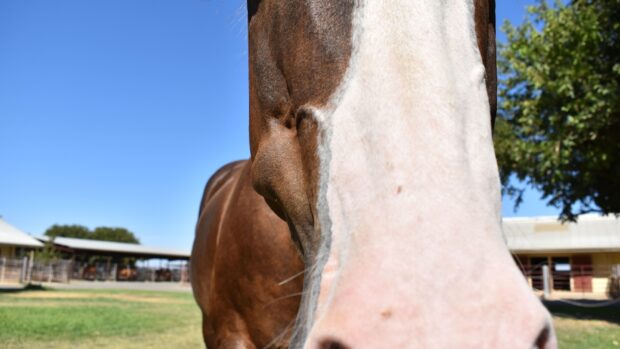Riders may get irritated with their horses for pawing the ground but it turns out that equids’ ability to dig can have huge benefits for the ecosystem.
Wild equids in the North American desert have been found to dig wells up to six feet deep to access fresh water.
These mini-oases provide water for scores of other species, according to a paper published by Erick Lundgren and others in this month’s journal Science (30 April).
Burros (donkeys) and horses are introduced species to the American west, living in scattered herds across deserts such as the Mojave in California and Sonoran in western Arizona.
Researchers set up cameras in dry stream-beds at these locations over three summers to record wildlife behaviour and observed both species used their front hooves to pull back loose sand and gravel and access water.
The wells were visited by 57 other species, including birds of both raptor and small species, deer, sheep, badgers and toads.
Species diversity in the area around the wells was found to be 64% higher than at control sites, suggesting the equid-dug wells were a draw for wildlife.
When other water sources in the area were mapped, it was found that the four wells the equids had dug provided a 14-fold increase in water availability in the region.
Dwindling species of desert trees such as cottonwoods and willows were also discovered to be germinating at the sites.
Introduced herds have previously been viewed as pests that damage the ecosystem, with horses in regions of Australia subject to lethal control measures as a result.
Collection name…

Once extinct wild horses flown to Russian steppes
Six Przewalski’s horses have been transported to a protected reserve

Delight as foal of one of world’s rarest species is born in the UK
‘There are estimated to be fewer than 600 in the wild so they are incredibly rare and they sadly face

Subscribe to Horse & Hound magazine today – and enjoy unlimited website access all year round
The study’s authors instead suggested that the introduced horses and donkeys filled a behaviour niche that may once have been filled by extinct megafauna, whose populations were particularly affected in North America.
“Recent and ancient extinctions and range contractions of megafauna, and the loss of their distinct ecological functions, has led to highly modified modern landscapes. Although introduced megafauna have primarily been studied as threats to conservation goals, growing evidence suggests that they present a countercurrent to ancient losses and may replace lost ecological functions,” the study’s authors said.
While this was the first major study of equids in North America, well-digging behaviours have previously been observed in wild horses in northern Queensland, Australia and on Sable Island in Canada, as well as in donkeys and asses in Australia and in the Gobi desert.
Horse & Hound magazine, out every Thursday, is packed with all the latest news and reports, as well as interviews, specials, nostalgia, vet and training advice. Find how you can enjoy the magazine delivered to your door every week, plus options to upgrade to access our H&H Plus online service which brings you breaking news as it happens as well as other benefits.




